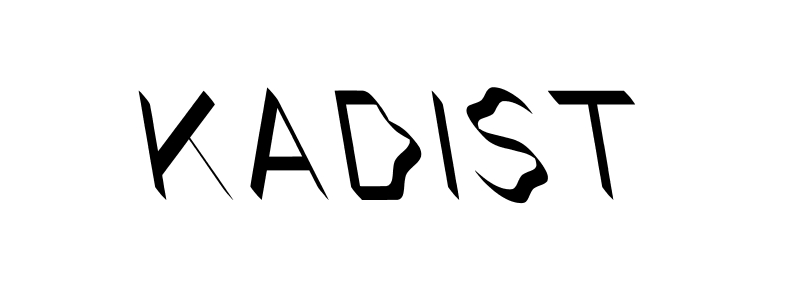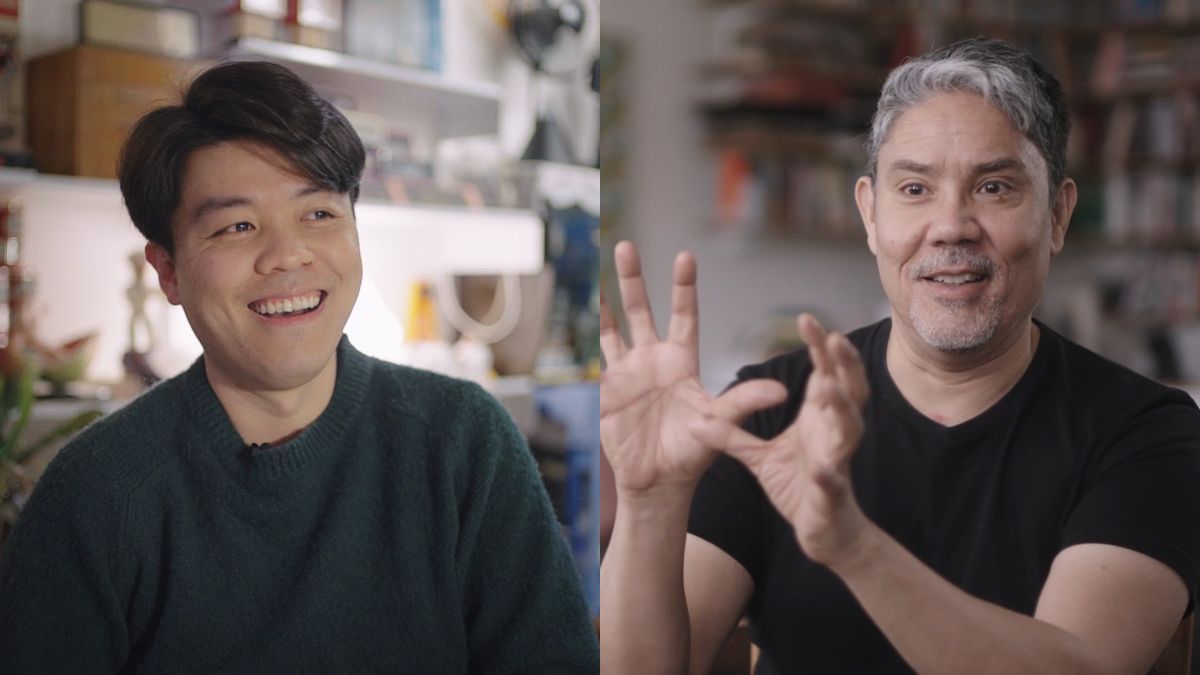Frontier-Linear
2009 - Film & Video (Film & Video)
Doug Aitken
The version of Frontier acquired by the Kadist Collection consists of a single-channel video, adapted from the monumental installation and performance that Aitken presented in Rome, by the Tiber River, in 2009. In this film, Aiken’s allusion to “the frontier” and iconic imagery like the cowboy suggest that the American West Coast as a cultural construction. These notions are reinforced by two key elements in the film: its protagonist, the iconic West Coast artist Ed Ruscha, and its reference to the cinematic and the experience of the movie theater. The film is structured as a journey in time, from day to night. The completed film was shot in different places around the globe, including Los Angeles, Rome, South Africa, and Israel, which suggests the blurring boundaries of the unknown and emphasizes both fictive and real landscapes.
Doug Aitken’s work started to draw international attention when his installation Electric Earth earned the International Prize at the 1999 Venice Biennale, which was organized by renowned Swiss curator Harald Szeemann. Interested in breaking conventional narratives, Aitken emphasizes circularity and non-linearity in his monumental site-specific installations. This monumentality is usually expressed in Aitken’s tendency to combine apparently disconnected fragments in order to create epic films. Although this aspect of his work differs from the all-encompassing wholes sought by modernism, Aitken’s films play with the imaginary and surreal in a way that flirts with the notion of utopia. The artist uses pop culture and, especially, the film industry as sources for his compelling and immersive environments. Aesthetic elements such as coloration, light and space and a careful editing process give his films a contemplative mood.
Colors:
Related works of genres: » american video artists, » american installation artists, » american contemporary artists, » video installation
» see more

© » KADIST
Tony Oursler
2012Continuing Oursler’s broader exploration of the moving image, Absentia is one of three micro-scale installations that incorporate small objects and tiny video projections within a miniature active proscenium...
Related works featuring themes of: » Color Photography, » Cultural Commentary, » Film/Video, » Installation Art, » American
» see more

© » KADIST
Cerith Wyn Evans
2008Untitled (Perfect Lovers + 1) by Cerith Wyn Evans takes as its starting point Felix Gonzales-Torres’s seminal work Untitled (Perfect Lovers) , in which two clocks were synchronized and left to run without interference, the implication being that one would stop before the other...

© » KADIST
Walead Beshty
2012Constructed out of metal or glass to mirror the size of FedEx shipping boxes, and to fit securely inside, Walead Beshty’s FedEx works are then shipped, accruing cracks, chips, scrapes, and bruises along the way to their destination...
Other related works, blended automatically
» see more

© » KADIST
Cerith Wyn Evans
2008Untitled (Perfect Lovers + 1) by Cerith Wyn Evans takes as its starting point Felix Gonzales-Torres’s seminal work Untitled (Perfect Lovers) , in which two clocks were synchronized and left to run without interference, the implication being that one would stop before the other...

© » KADIST
Julieta Aranda
2016The video Swimming in rivers of Glue is composed of various images of nature, exploring the themes of exploration of space and its colonization...

© » KADIST
Hiraki Sawa
2006Hako (2006) depicts a mysterious and dystopic landscape where the world becomes flat: distance between different spaces, depth of field and three-dimensional perceptions are canceled...
Related works sharing similar palette
» see more
Related works found in the same semantic group
» see more

© » ARTS EQUATOR
Exploring The End Of The Golden Era Of Singapore Cinema Thinking and Talking about Arts and Culture in Southeast Asia Film February 24, 2022 By ArtsEquator (1,001 words, 3-minute read) Films as a medium and art form have always possessed great potential to convey crucial messages and influence the cultural zeitgeist of their times...

© » KADIST
Chto Delat
In this film is the story of two neighboring yet philosophically opposing nations: Russia and Norway...











